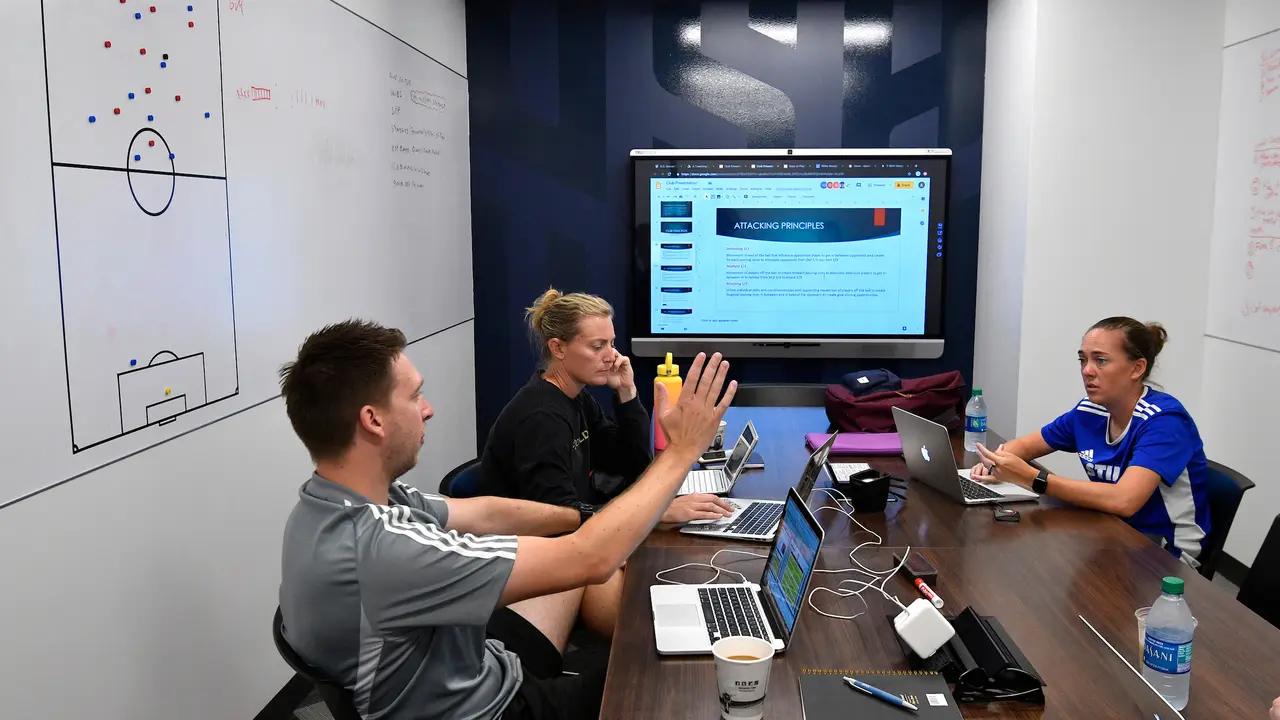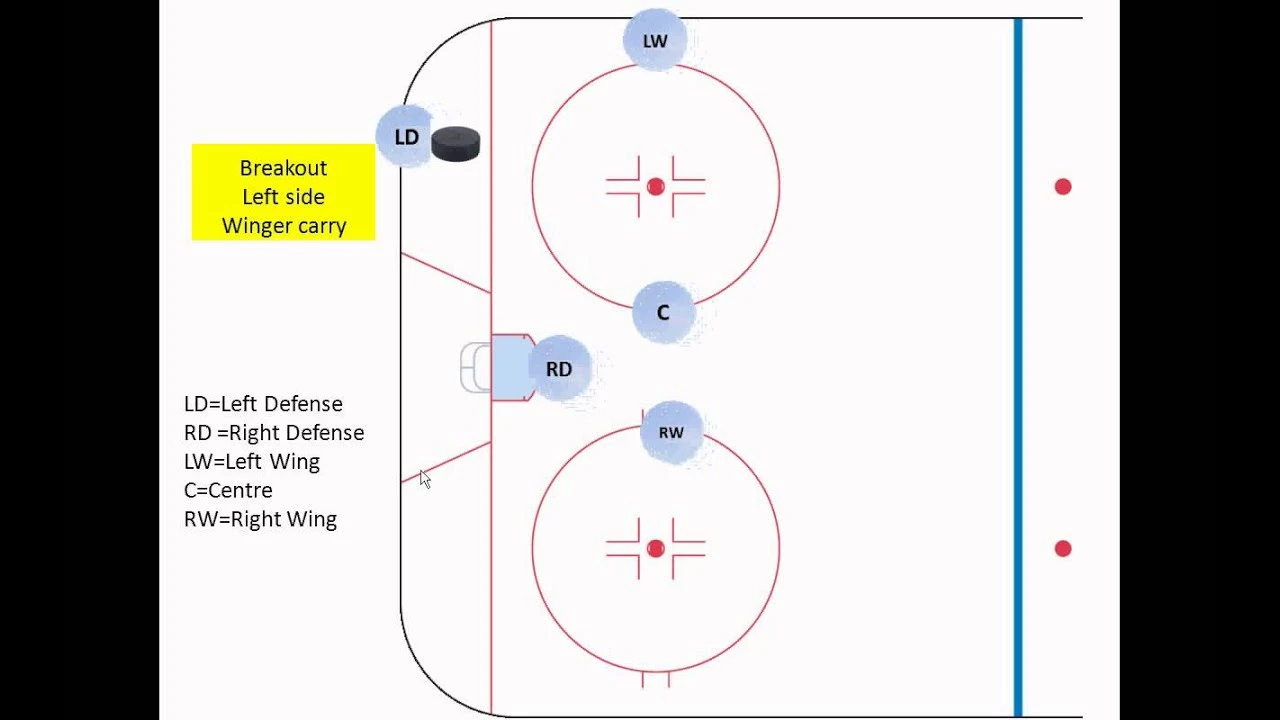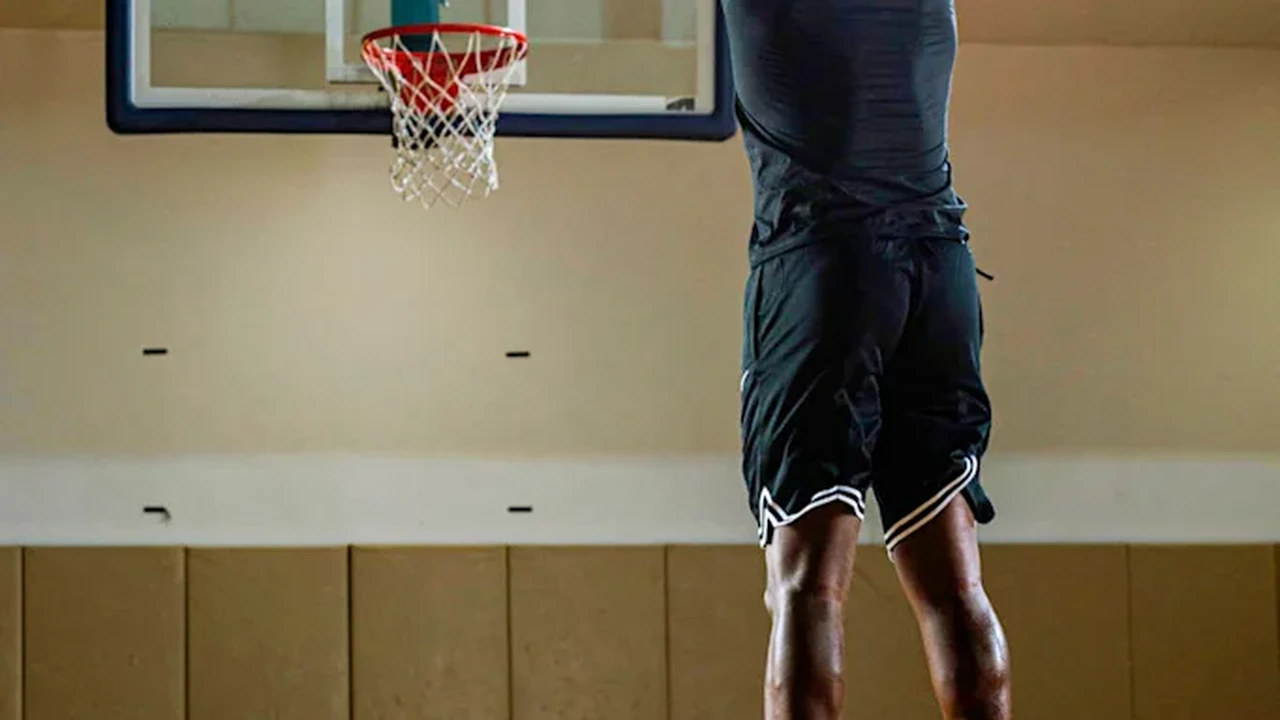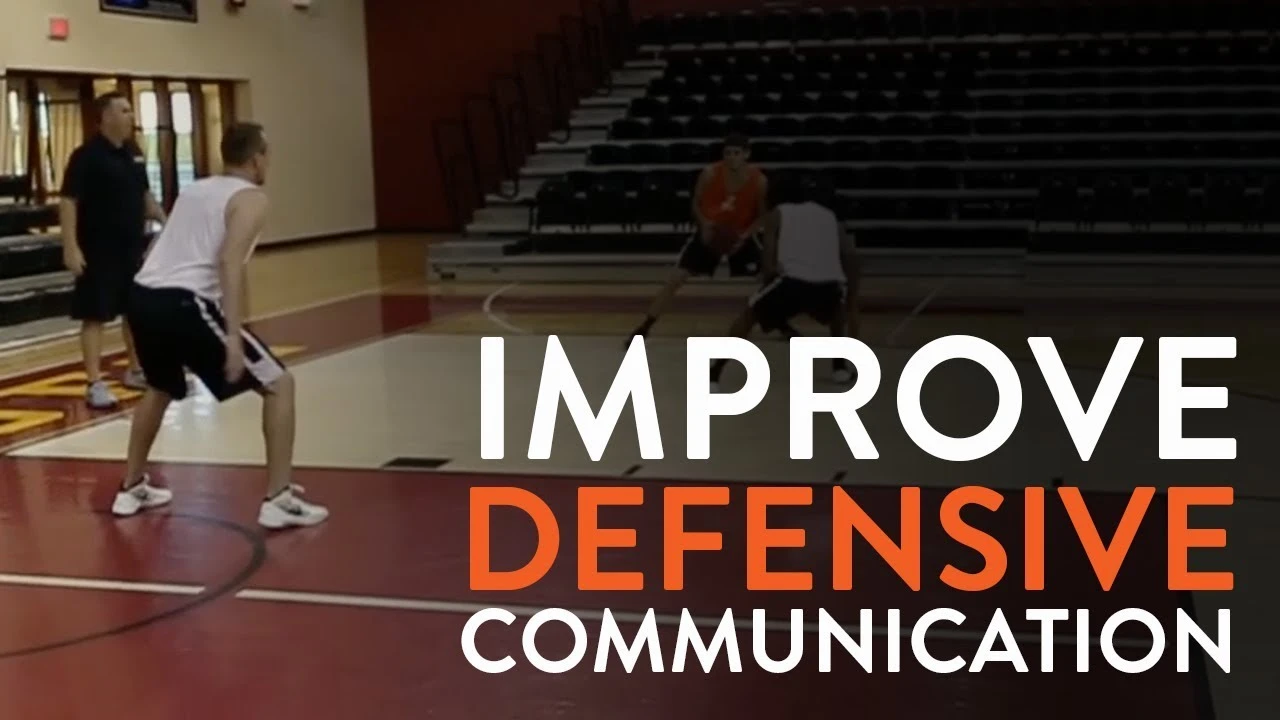Game Film Study_ Analyzing Your Performance

Understanding the Importance of Game Film Study for Basketball IQ
So, you want to elevate your basketball game? You're grinding in practice, putting in the extra reps, but still feel like something's missing? The secret weapon, my friend, is game film. Forget those highlight reels of LeBron James dunking; we're talking about dissecting your own performance, finding those subtle errors, and turning weaknesses into strengths.
Game film isn't just for the pros. It's a powerful tool for players of all levels, from high school hopefuls to weekend warriors. It allows you to see the game from a different perspective, one that's objective and analytical. You're no longer caught up in the heat of the moment; you're a detached observer, scrutinizing every decision, every movement.
Why is this so important? Because it provides concrete evidence. We often rely on our memories, which can be notoriously unreliable. Did you really box out your opponent effectively? Did you rotate quickly enough on defense? The film doesn't lie. It shows you exactly what happened, allowing you to identify areas for improvement with laser-like precision.
Benefits of Analyzing Your Basketball Performance with Film
Let's dive deeper into the specific benefits of incorporating game film study into your training regimen:
- Improved Decision-Making: Basketball is a game of split-second decisions. By analyzing your past choices, you can identify patterns and tendencies. Did you consistently pass to the open man? Did you force shots when a teammate was in a better position? Film study helps you develop a more strategic and intelligent approach to the game.
- Enhanced Skill Development: Are you struggling with your shooting form? Is your dribbling a little sloppy? Film can reveal subtle flaws in your technique that you might not be aware of. By watching yourself repeatedly, you can identify these issues and work on correcting them.
- Better Understanding of Opponents: Knowing your opponent is crucial. Film study allows you to analyze their tendencies, weaknesses, and strengths. Do they prefer to drive left? Are they weak on the pick-and-roll? This information can give you a significant competitive advantage.
- Increased Team Cohesion: Analyzing film as a team fosters a shared understanding of your offensive and defensive strategies. It allows you to identify communication breakdowns and work on improving your overall teamwork.
- Boosting Basketball Confidence: While it might seem counterintuitive, seeing your successes on film can be a huge confidence booster. It reinforces positive habits and motivates you to continue improving.
Essential Equipment and Tools for Effective Game Film Analysis
Alright, you're convinced. Game film is the way to go. But what do you need to get started? Luckily, you don't need a Hollywood-sized budget. Here are the essential tools:
- A Reliable Camera: This could be your smartphone, a dedicated video camera, or even a GoPro. The key is to ensure the footage is clear and stable. Consider investing in a tripod for steady shots.
- Video Editing Software: You'll need software to cut, splice, and annotate your footage. There are many options available, from free programs like DaVinci Resolve (a powerful, professional-grade option with a free version) to paid subscriptions like Adobe Premiere Pro. For simpler tasks, even iMovie (on macOS) or Windows Movie Maker can suffice.
- A Comfortable Viewing Environment: Find a quiet space where you can focus without distractions. A large monitor or even a projector can be helpful for detailed analysis.
- Note-Taking Supplies: Don't rely solely on your memory. Keep a notebook and pen (or a digital document) to jot down your observations and insights.
Game Film Analysis Software: A Detailed Comparison
While basic video editing software can get you started, dedicated game film analysis software offers a range of features designed specifically for basketball. These tools can significantly streamline the analysis process and provide valuable insights. Here's a comparison of some popular options:
Hudl: The Industry Standard for Basketball Film Analysis
Hudl is arguably the most well-known and widely used platform for basketball film analysis. It offers a comprehensive suite of features, including:
- Video Upload and Storage: Easily upload and store your game footage in the cloud.
- Tagging and Annotation: Tag specific plays, players, and events for easy retrieval. Annotate the film with drawings and text to highlight key moments.
- Advanced Statistics: Generate detailed statistics based on your tagged footage.
- Sharing and Collaboration: Share clips and analyses with your team and coaches.
- Opponent Scouting Tools: Access a vast library of opponent film and scouting reports.
Use Cases:
- Team-Wide Film Study: Coaches can use Hudl to review game footage with their entire team, identifying areas for improvement and reinforcing strategic concepts.
- Individual Player Development: Players can use Hudl to analyze their own performance, focusing on specific skills and tendencies.
- Opponent Scouting: Coaches can use Hudl to scout upcoming opponents, identifying their strengths and weaknesses.
Pricing: Hudl offers different pricing plans depending on the level of features and storage required. Pricing is typically on a subscription basis and varies based on the size of the team/organization. Contact Hudl directly for a custom quote.
Krossover: A Powerful Alternative to Hudl
Krossover is another popular game film analysis platform that offers many of the same features as Hudl, including video upload, tagging, annotation, and statistical analysis. It also boasts some unique capabilities, such as:
- Automated Breakdown: Krossover uses AI to automatically break down your game footage, saving you time and effort.
- Interactive Playbooks: Create interactive playbooks with video clips and annotations.
- Recruiting Tools: Krossover offers tools to help players create highlight reels and connect with college coaches.
Use Cases:
- Automated Film Breakdown: Coaches can save time by using Krossover's automated breakdown feature to quickly identify key plays and statistics.
- Interactive Playbook Creation: Coaches can create engaging and informative playbooks for their players.
- Recruiting Assistance: Players can use Krossover's recruiting tools to showcase their skills to college coaches.
Pricing: Similar to Hudl, Krossover offers subscription-based pricing plans that vary based on the level of features and storage required. Contact Krossover directly for a custom quote.
Synergy Sports: The Professional's Choice for Basketball Analytics
Synergy Sports is a more advanced platform that is primarily used by professional basketball teams and college programs. It offers a vast database of game footage and advanced analytics, allowing coaches to conduct in-depth scouting and player evaluation.
- Extensive Video Library: Access a massive library of game footage from around the world.
- Advanced Analytics: Generate detailed statistical reports on players and teams.
- Customizable Reports: Create custom reports tailored to your specific needs.
Use Cases:
- Professional Scouting: Professional teams use Synergy Sports to scout potential draft picks and free agents.
- College Recruiting: College programs use Synergy Sports to evaluate high school players.
- Advanced Game Preparation: Coaches use Synergy Sports to prepare for upcoming games by analyzing opponent tendencies and weaknesses.
Pricing: Synergy Sports is the most expensive of the three platforms. Contact Synergy Sports directly for pricing information.
Product Recommendation: The Dr Dish Shooting Machine for Immediate Feedback
While game film analysis is crucial for long-term improvement, immediate feedback during practice is also essential. That's where the Dr. Dish shooting machine comes in. This innovative device automatically rebounds basketballs and passes them back to the shooter, allowing for high-repetition training. But the real game-changer is its integrated data tracking. The Dr. Dish tracks your makes, misses, shooting percentage, and even arc. This real-time data, combined with game film analysis, provides a powerful feedback loop for rapid skill development.
Use Cases:
- Shooting Form Correction: Use the Dr. Dish to identify and correct flaws in your shooting form by analyzing your shot data in real-time.
- Repetition Training: Get in hundreds of shots in a short amount of time, building muscle memory and improving your consistency.
- Game Simulation: Program the Dr. Dish to simulate game situations, such as coming off screens or shooting from different spots on the floor.
Pricing: Dr. Dish shooting machines range in price from approximately $5,000 to $10,000, depending on the model and features. While this is a significant investment, it can be a worthwhile one for serious players and programs.
Step-by-Step Guide to Conducting Effective Basketball Film Study
Now that you have the tools and knowledge, let's walk through the process of conducting effective game film study:
- Choose the Right Game: Select a game that is representative of your overall performance. Don't just focus on your best or worst games.
- Watch the Game in its Entirety: Start by watching the entire game without stopping or pausing. This will give you a general overview of your performance.
- Identify Key Areas to Focus On: Based on your initial viewing, identify specific areas you want to analyze in more detail. This could be your shooting, passing, defense, or decision-making.
- Tag Specific Plays: Use your video editing software or game film analysis platform to tag specific plays that are relevant to your chosen areas of focus.
- Analyze Each Play in Detail: Watch each tagged play multiple times, paying close attention to your movements, decisions, and technique.
- Take Notes: Jot down your observations and insights in your notebook or digital document.
- Identify Areas for Improvement: Based on your analysis, identify specific areas where you can improve your performance.
- Develop a Plan for Improvement: Create a plan for how you will address your identified weaknesses. This could involve practicing specific drills, working with a coach, or studying film of other players.
- Review Your Progress: Regularly review your game film to track your progress and make adjustments to your training plan as needed.
Analyzing Offensive Performance Through Basketball Game Film
Let's focus on analyzing offensive performance. Key areas to examine include:
Shooting Efficiency Analysis: Understanding Shot Selection and Accuracy
Are you taking good shots? Are you shooting from your strengths? Analyze your shot selection and accuracy from different spots on the floor. Track your shooting percentage from three-point range, mid-range, and around the basket. Identify any patterns or tendencies that might be hindering your shooting performance.
Passing and Playmaking: Evaluating Decision-Making and Ball Security
Are you making good passes? Are you turning the ball over unnecessarily? Analyze your passing decisions and ball security. Are you passing to the open man? Are you making smart decisions in transition? Are you protecting the ball from defenders?
Offensive Rebounding: Maximizing Second-Chance Opportunities
Are you crashing the boards effectively? Are you securing offensive rebounds? Analyze your offensive rebounding efforts. Are you positioning yourself well? Are you boxing out your opponent? Are you going after the ball aggressively?
Off-Ball Movement: Creating Scoring Opportunities Without the Ball
Are you moving effectively without the ball? Are you creating scoring opportunities for yourself and your teammates? Analyze your off-ball movement. Are you setting good screens? Are you cutting to the basket at the right time? Are you spacing the floor effectively?
Defensive Performance Analysis Through Basketball Game Film
Now, let's shift our focus to analyzing defensive performance. Key areas to examine include:
Defensive Positioning and Stance: Maintaining Proper Position and Balance
Are you in the correct defensive position? Are you maintaining a good defensive stance? Analyze your defensive positioning and stance. Are you staying between your man and the basket? Are you keeping your knees bent and your hands active?
On-Ball Defense: Containing Your Opponent and Preventing Penetration
Are you effectively guarding your opponent? Are you preventing them from penetrating to the basket? Analyze your on-ball defense. Are you staying in front of your man? Are you contesting their shots? Are you forcing them to take tough shots?
Off-Ball Defense: Helping and Recovering and Anticipating Passes
Are you providing help defense when needed? Are you recovering quickly to your own man? Analyze your off-ball defense. Are you anticipating passes and intercepting them? Are you rotating effectively on defense?
Rebounding: Securing Defensive Rebounds and Limiting Second Chances
Are you securing defensive rebounds effectively? Are you limiting your opponent's second-chance opportunities? Analyze your rebounding efforts. Are you boxing out your opponent? Are you going after the ball aggressively?
Common Mistakes to Avoid During Game Film Analysis
Even with the right tools and knowledge, it's easy to fall into common traps during game film analysis. Here are some mistakes to avoid:
- Being Too Self-Critical: It's important to be objective, but don't beat yourself up over every mistake. Focus on identifying areas for improvement, not dwelling on your failures.
- Focusing Only on Mistakes: Don't just look for what you did wrong. Also, pay attention to what you did well. This will help you reinforce positive habits.
- Ignoring the Context: Consider the circumstances surrounding each play. Were you tired? Were you facing a tough opponent? Were you playing with unfamiliar teammates?
- Not Taking Action: The most important part of game film analysis is taking action based on your findings. Don't just watch the film and forget about it. Develop a plan for improvement and stick to it.
- Overanalyzing: Don't get bogged down in the details. Focus on the big picture and identify the most important areas for improvement.
Advanced Basketball Analytics and Film Study: Beyond the Basics
Once you've mastered the fundamentals of game film analysis, you can start exploring more advanced concepts. This might include using advanced statistics to identify hidden trends, analyzing opponent tendencies in greater detail, or creating custom video breakdowns to address specific strategic goals.
Consider exploring concepts like:
- Effective Field Goal Percentage (eFG%): A more accurate measure of shooting efficiency that accounts for the added value of three-point shots.
- True Shooting Percentage (TS%): An even more comprehensive measure of shooting efficiency that takes into account free throws as well.
- Assist Ratio: The percentage of a player's possessions that end in an assist.
- Turnover Ratio: The percentage of a player's possessions that end in a turnover.
- Usage Rate: The percentage of a team's possessions that a player uses while on the floor.
By combining these advanced metrics with detailed film analysis, you can gain a deeper understanding of your own performance and the performance of your opponents.
The Future of Basketball Analytics and Film Study
The field of basketball analytics is constantly evolving. New technologies and techniques are emerging all the time, making it easier than ever to analyze game film and gain valuable insights. Expect to see even more sophisticated tools and platforms in the future, powered by artificial intelligence and machine learning. These tools will automate many of the tasks currently performed by coaches and analysts, allowing them to focus on more strategic aspects of the game.
For example, AI-powered systems could automatically identify and tag specific plays, track player movements, and generate detailed statistical reports. Machine learning algorithms could be used to predict opponent tendencies and develop customized game plans.
Embracing these advancements will be crucial for players and coaches who want to stay ahead of the curve and maximize their potential.
So, what are you waiting for? Grab your camera, fire up your video editing software, and start analyzing your game film. The path to basketball greatness starts with understanding your own performance.
:max_bytes(150000):strip_icc()/277019-baked-pork-chops-with-cream-of-mushroom-soup-DDMFS-beauty-4x3-BG-7505-5762b731cf30447d9cbbbbbf387beafa.jpg)






